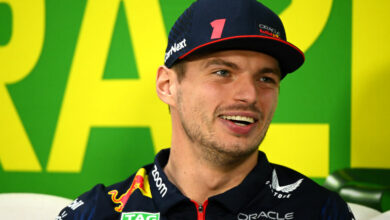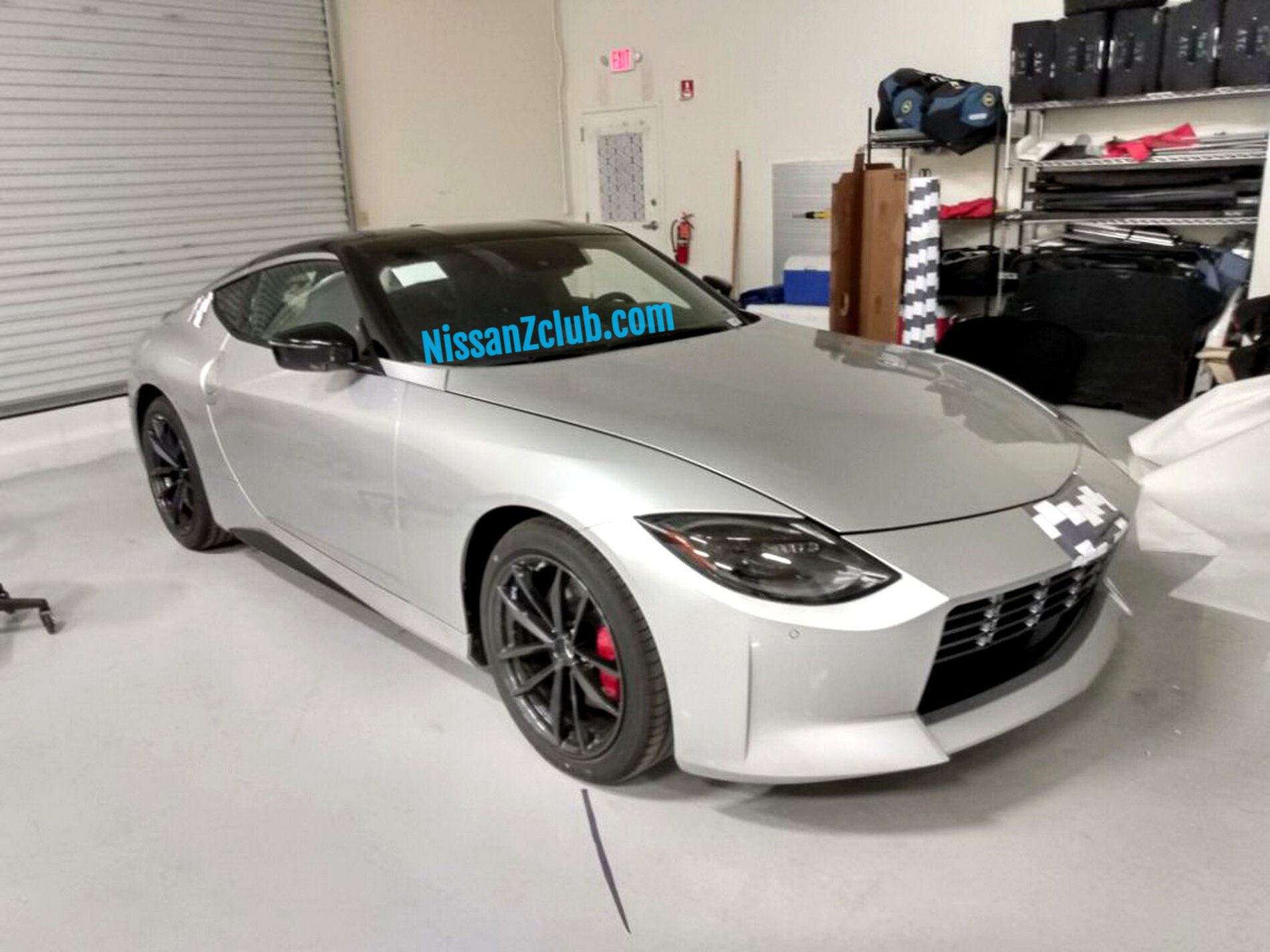George Russell Expresses Concerns Over Las Vegas Grand Prix Circuit Design
Debate Grows: Balancing Modernization and Tradition in Formula 1 Racing
George Russell recently voiced concerns regarding the potential for close racing at the upcoming Las Vegas Grand Prix, questioning the effectiveness of the circuit’s design. Despite the circuit’s long straights, which were expected to facilitate overtaking, Russell remains sceptical about the track’s ability to produce the desired lively race.
Russell’s reservations stem from his deep understanding of Formula 1 racing dynamics. He believes that while the Las Vegas Grand Prix circuit boasts extended straights that theoretically provide opportunities for overtaking maneuvers, there are significant challenges that may hinder the desired close racing.
One of Russell’s primary concerns is the circuit’s layout. He argues that the tight and twisty sections, combined with the long straights, could lead to a “stop-and-go” style of racing. This means that drivers may struggle to maintain close proximity to their competitors, resulting in limited wheel-to-wheel action that fans crave.
Additionally, the track’s surface conditions could pose challenges. Las Vegas is known for its scorching heat, which can affect tire grip and performance. Russell worries that high tire degradation due to the abrasive track surface could result in a procession-style race, where drivers focus more on tire management than overtaking opportunities.
Furthermore, the circuit’s proximity to the infamous Las Vegas Strip and its dazzling lights raises concerns about visibility during evening races. The glare from the surrounding area could affect drivers’ visibility, making it difficult to execute precise overtaking maneuvers, especially during twilight hours.
Russell’s apprehensions about the Las Vegas Grand Prix circuit highlight a growing tension in Formula 1 between modernizing the sport and preserving the essence of traditional racing. While new circuits aim to attract a broader audience with features like long straights for overtaking, there’s an underlying fear that these might not translate into the thrilling race experiences that have defined F1’s legacy.
Russell asserts:
“For the 20 drivers it’s not going to be the most enjoyable circuit we’ve driven in the whole season.
“But this is a sport that millions and millions of people tune in every single week to watch and probably the majority of people understands what a great race is and overtaking and battles.
“But only probably the diehard fans can really appreciate the greatness of a circuit like Silverstone or Suzuka or Monaco. So times are definitely changing and I think we just have to embrace it, really.
“It’s definitely not going to be an iconic circuit in terms of its layout. I think it’s been designed to try to enhance racing. [But] I’m not too sure how good the race is going to be.
“Of course there’s big, long straights, but because we’re all on minimum downforce the slipstream effect won’t be that great. The DRS I think is worth about one tenth per straight. When you compare that to someone like Barcelona, it’s worth six tenths on the straight.
“So it may not actually be as straightforward as one may think to race.”
On the flip side, Lewis Hamilton’s comments add another layer to this ongoing debate, hinting at an optimistic outlook. Hamilton, a seasoned F1 champion, referred to the Baku City Circuit – known for its exciting races – as a benchmark for the Las Vegas GP. His statement implies a hope that the new track could still deliver on its promise of an exhilarating race.
Hamilton’s perspective offers a glimmer of optimism amid the concerns raised by George Russell. While the debate over modernizing Formula 1 circuits continues, the Las Vegas Grand Prix remains an intriguing addition to the calendar, with the potential to surprise fans and drivers alike.
“From a racer’s perspective, you want to have the best show,” he said.
“If the race track provides races like, for example, Baku – which is in terms of racing is one of the best races, lots of overtaking – that would be amazing. Rather than just one car disappearing and cars [are] not overtaking, for example.”


